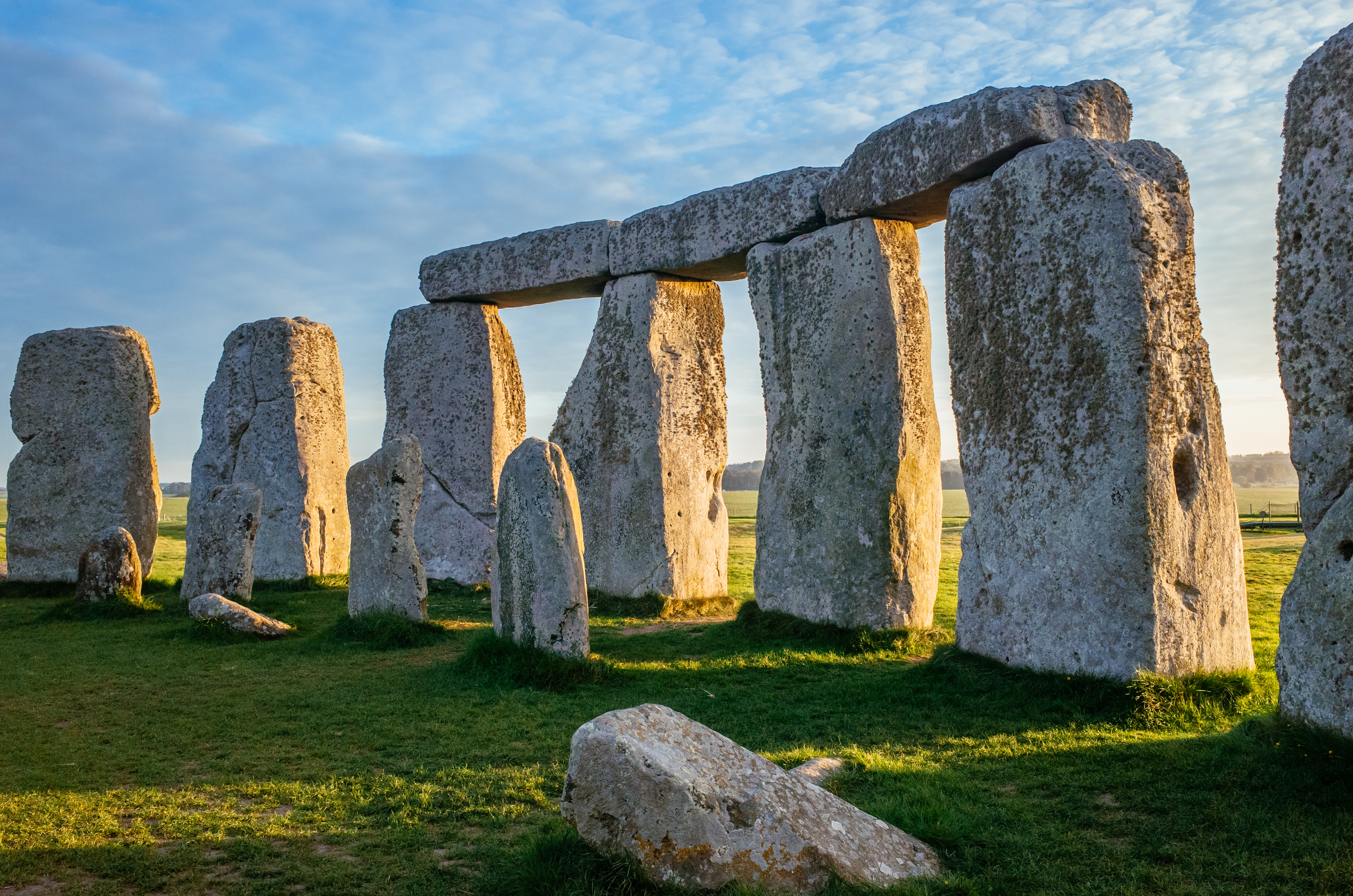
Pre-reading questions
- What do you think of when you hear the word “energy lines”?
- Do you think there are “energy lines” in your country? Please share your thoughts.
Vocabulary
- theory /THEE-uh-ree/
- implied /im-PLAHYD/
- align /uh-LAHYN/
- rural /ROOR-uhl/
- landscape /LAND-skeyp/
[noun] – something suggested as a reasonable explanation for facts, a condition, or an event, esp. a systematic or scientific explanation
There was no strong evidence to support the theory.
[adjective] – if something is implied, it is understood to be true or to exist, although it is not stated directly or in a legal agreement
There has been an implied agreement based on the documents.
[verb] – to put two or more things into a straight line, or to form a straight line
Align the ruler with the middle of the paper before you cut it straight.
[adjective] – in, of, or like the countryside
In rural places, crops are frequently harvested.
[noun] – a large area of land, especially in relation to its appearance
It was instructed to the art students to sketch the scenery.
Article reading
The six-day journey to Stonehenge by the artist and performer bones tan jones began in Silvertown, a neighborhood in the London borough of Newham. The artist’s journey began with research into ancient ley lines, a theory that is described by author Simon Ingrams as “an implied network of impressionistic significance… said by believers to link or align ancient monuments, notable landscape features, and settlements across the world on a series of invisible energy pathways.” Churches, standing stones, crossroads, and other landmarks seemed to fall into perfect alignment within a grid of straight lines that shone like luminous wires. Three years after World War One ended, a councilman from rural Herefordshire in the UK named Alfred Watkins first proposed the term “ley lines.” According to Watkins’ theory, the ley lines originated as a result of pre-Roman Britons, who were more resilient than modern Britons and bravely walked over rivers and up hills to reach their destinations. This happened when the English landscape was heavily covered in trees. Visible tracks like torches were set in key spots to align monuments like mounds and moats, stone circles, and other features throughout the area.
Despite the fact that tan jones’ adventure is over, the journey is still in progress. It continues to connect its lines between myth and history, the past and the present, and the human and the superhuman.
Comprehension questions
- For how many days did bones tan jones travel from Silvertown to Stonehenge?
- How did Simon Ingrams describe the ley lines?
- Who proposed the term “ley lines”?
- According to Alfred Watkins, from where did the ley lines originate?
- What was set up to align monuments in forested areas in the UK?
Discussion questions
- Please describe the most sacred place in your country.
- Please describe your most memorable hiking or travel experience.
- If you were to travel to England, would you like to see the ley lines? Why?
- Do you think that the ley lines are “energy lines”?
- Do you believe that everything in this world is connected? Please share your thoughts in class.